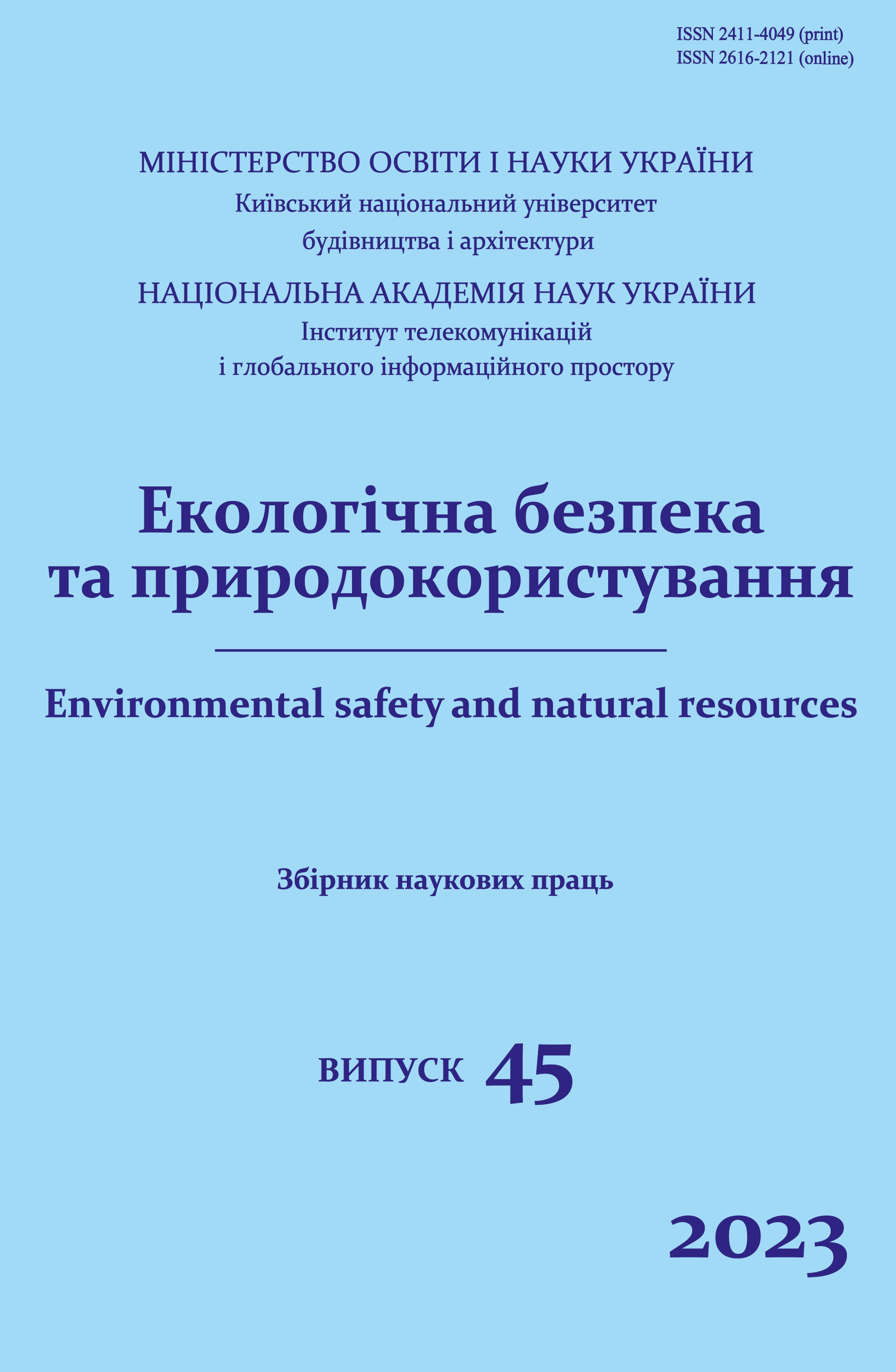Exploration and extraction of deep minerals without mines and quarries with the help of nuclear autonomous thermal drills-geoprodes
DOI:
https://doi.org/10.32347/2411-4049.2023.1.104-110Keywords:
thermal drilling, nuclear reactor, autonomous thermodrill-geoprobe, geotechnologiesAbstract
The Earth's interior at 10–15 km depth horizons is a geoastrophysical space within which direct contact access of research instruments and other devices is not yet possible. At the same time, the list of fundamental and applied tasks that can be solved with the help of direct contact deep research of deep matter with the delivery of its samples to the surface of the Earth is a rather voluminous process and has an extraordinary scientific and technical significance, physical significance. Extraction of deep minerals without mines and quarries with the help of nuclear geosondes, for this it is necessary to consider the hydrodynamic problem of the vertical melt flow from the front part of the geosonde in the opposite direction to the movement of the geosonde vector. The need for a comprehensive consideration of thermophysical and hydrodynamic problems is justified by the presence of a common parameter – the speed of the geosonde as a heat source. The paper examines aspects of the theory and construction of autonomous nuclear deep thermal drills-geoprobes, which are used to solve fundamental scientific and applied industrial tasks, as well as significantly reduce the ecological burden on the environment with the help of geotechnical methods and means of exploration and extraction of deep minerals. The purpose of this work is a detailed theoretical study of the most fundamental possibility of creating ultra-deep nuclear autonomous geoprobes-thermodrills and an assessment of the main engineering parameters of the heat and mass transfer process in real conditions of contact melting of deep rocks. The results of theoretical studies show that the possibility of deep thermal penetration is theoretically substantiated quite correctly. Moreover, even today the problem of creating an ultra-deep geosonde is a fundamentally solvable scientific-technical and engineering-physical task. New deep industrial geotechnologies are a fundamentally new concept of greening the mining process and are suitable for the development of poor and deep ore horizons for which the construction of mines or quarries is impractical or impossible.
References
Feoktistov, L. P. (1989). Neutron splitting wave. DAN USSR, 309, 864.
Andrievsky, R. L., & Spivak, I. I. (1984). Silicon nitride and ero-based materials. Moscow: Metallurgy [in Russian].
Vashchenko, V. N. (1995). Sources of deep-focus earthquakes. Kyiv [in Russian].
Butkovsky, A. G., Maly, S. A., & Andreev, Y. N. (1972). Optimal control of metal heating. Moscow: Metallurgy [in Russian].
Bely, V. I., Vasilyeva, L. L., Hryshchenko V. A. et al. (1982). Silicon nitride in electronics. Moscow: Nauka [in Russian].
Vashchenko, V. M., & Pisarenko, T. V. (1995). On the possibilities of contact over-depth penetration. Bulletin of the Kyiv University, Ser. Ph.-M.Sc., 1, 326–336 [in Ukrainian].
Vashchenko, V. M., & Pisarenko, T. V. (1998). Problems of choosing structural materials for deep-sea thermoprobes. Bulletin of Kyiv University, Ser. Ph.-M.Sc., 1, 318-330 [in Ukrainian].
Vashchenko, V. N., & Pisarenko, T. V. (1997). Problems and techniques of contact penetration into the deep bowels of space objects. In Modern technologies in the aerospace complex. Materials of the III International Scientific and Practical Conference (pp. 21-22). Zhytomyr Institute of Engineering and Technology [in Russian].
Vashchenko, V. N., & Pisarenko, T. V. (1996). Environmental problems associated with deep mining of energy resources. In Theses dokl. VI Conf. of CIS countries "Problems of ecology and operation of energy facilities" (pp. 76-77) [in Russian].
Vashchenko, V. N., Pisarenko, T. V., & Yarmolenko, V. K. (1998). Problems of exploration of non-traditional sources of hydrocarbons in the serpentinized layer of the continental crust. In Theses dokl. VIII Conf. CIS countries "Problems of ecology and operation of energy facilities" (pp. 68–70). Sevastopol [in Russian].
Downloads
Published
How to Cite
Issue
Section
License
Copyright (c) 2023 Vashchenko V., Korduba I.

This work is licensed under a Creative Commons Attribution 4.0 International License.
The journal «Environmental safety and natural resources» works under Creative Commons Attribution 4.0 International (CC BY 4.0).
The licensing policy is compatible with the overwhelming majority of open access and archiving policies.

